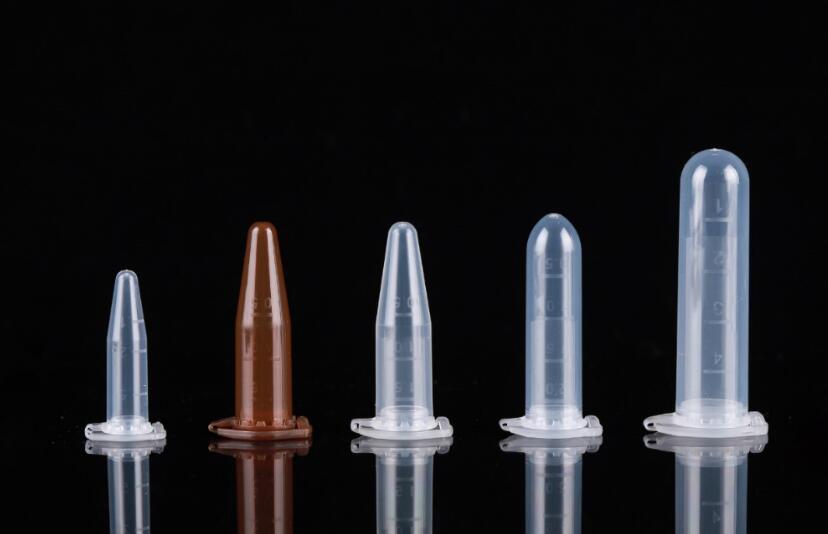**Understanding the Differences Between Hot Rolled and Cold Rolled Steel**
Steel is a fundamental material that plays a crucial role in our daily lives. From the construction of skyscrapers to the tools we use in the kitchen, steel is everywhere. But have you ever wondered how it's made or why certain types are used over others? Specifically, what’s the difference between hot rolled steel and cold rolled steel, and which one is better suited for different applications?
### **The Hot Rolled Steel Process**
Hot rolled (HR) steel starts with steel slabs that are heated to very high temperatures—above their recrystallization point. This heating process makes the metal more malleable, allowing it to be shaped using powerful rollers. The result is a strong, flexible material that can be formed into various shapes and sizes.
This process is fast and cost-effective, making HR steel a popular choice for many industrial and structural applications.
### **Properties of Hot Rolled Steel**
After the rolling process, HR steel typically has the following characteristics:
- **Strength and Ductility:** It retains good strength and flexibility, making it ideal for applications that require bending or shaping.
- **Formability:** HR steel can be reformed if needed, especially when heated again.
- **Rough Surface:** Due to the high temperature during processing, HR steel often has a mill scale on its surface, giving it a rougher finish.
- **Dimensional Variations:** Because of the cooling process, there may be slight variations in size from one batch to another.
### **The Cold Rolled Steel Process**
Cold rolled (CR) steel begins with HR steel that has already been cooled to room temperature. Then, it goes through an additional rolling process under high pressure. This step helps achieve tighter tolerances and a smoother surface finish, making CR steel more precise and visually appealing.
### **Properties of Cold Rolled Steel**
Thanks to the extra processing steps, CR steel offers several advantages:
- **Higher Strength and Hardness:** The cold working process strengthens the metal, making it harder and more durable than HR steel.
- **Smooth Surface Finish:** CR steel has a shiny, smooth appearance, perfect for applications that require painting or a polished look.
- **Tighter Tolerances:** The precision of cold rolling ensures consistent dimensions across parts.
- **Work Hardening:** While cold rolling can make the steel harder, it may also introduce internal stresses. To improve formability, CR steel is often annealed, a heat treatment that softens the material.
### **Choosing Between Hot Rolled and Cold Rolled Steel**
The right choice between HR and CR steel depends on the specific needs of your project. HR steel is ideal for applications where cost and formability are key, such as in hidden structural elements like supports, fasteners, or agricultural equipment. Since these parts are not visible, the rough surface isn't an issue, and the strength and ductility provide reliable support.
On the other hand, CR steel is preferred when you need a smooth finish, tight tolerances, and high strength. It's commonly used in automotive parts, appliances, and components in the oil, gas, and energy industries.
### **Get the Right Steel for Your Project**
Understanding the differences between hot rolled and cold rolled steel can help you make informed decisions for your next project. At Capital Steel & Wire, we specialize in helping customers choose the best materials for their unique needs. Whether you're looking for cost-effective HR steel or high-performance CR steel, our team is here to guide you every step of the way.
Contact us today to find the perfect steel solution for your application.
NEST centrifuge tubes could be used to store photosensitive samples and special chemiluminescence reagents. They can also be commonly used to collect cells and separate biomacromolecules by centrifugation in biochemistry and other biological fields.
Feature:
• USP VI grade polypropylene material, free from heavy metal.
• RCF: 30,000 xg.
• Special safelock cap design provides secure lid sealing.
• Clear graduations and frosted marking area.
• Easy opening and closing.
• Autoclavable.
• RNase free, endotoxin level less than 0.1EU.
• Both sterile and non-sterile tubes are available.

Micro centrifuge tube sterile,Amber micro centrifuge tube,Micro centrifuge tube storage,Clear micro centrifuge tubes
Wuxi NEST Biotechnology Co.,Ltd , https://www.nest-biotech.com